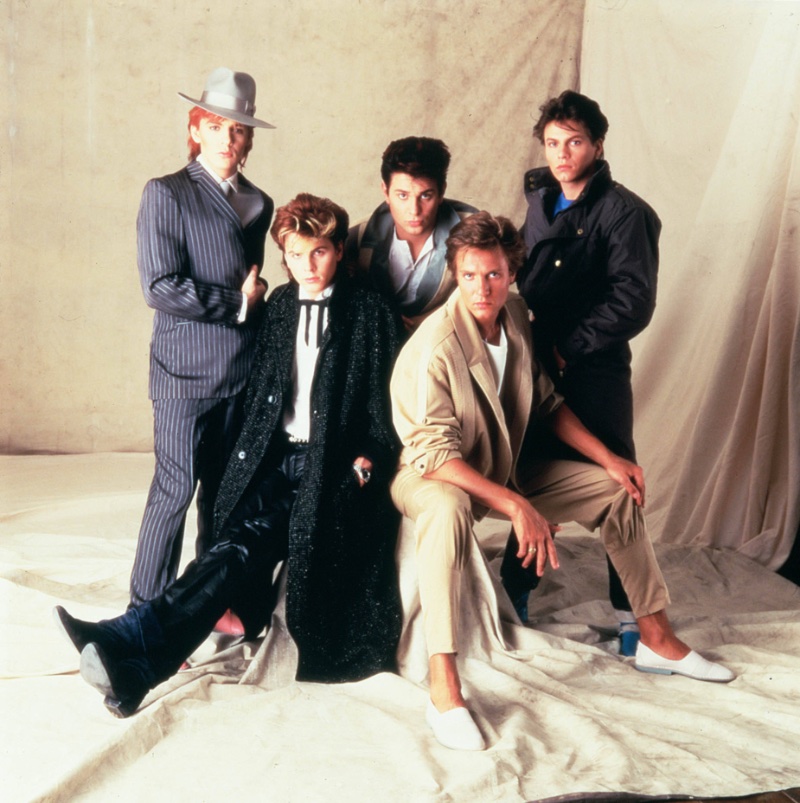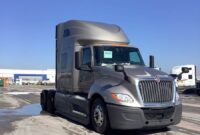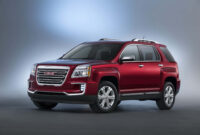80s Model Chevy Trucks For Sale: A Comprehensive Buyer’s Guide sale.truckstrend.com
In an automotive landscape increasingly dominated by sleek, aerodynamic designs and complex electronics, the rugged simplicity and unmistakable charm of 80s model Chevy trucks stand out like a beacon of enduring American engineering. These vehicles, primarily from the C/K series, represent a golden era of truck manufacturing – a time when utility, durability, and a no-nonsense aesthetic reigned supreme. For enthusiasts, collectors, or even those simply seeking a reliable, character-filled daily driver, the market for 80s Chevy trucks is vibrant and diverse. This guide will delve into what makes these vintage workhorses so desirable, how to navigate the buying process, and what to expect when you finally get behind the wheel of your very own piece of automotive history.
The Enduring Appeal of the Square Body Era
80s Model Chevy Trucks For Sale: A Comprehensive Buyer’s Guide
When we talk about 80s model Chevy trucks, we are predominantly referring to the "Square Body" generation, which technically spanned from 1973 to 1987 for the C/K series pickups, and slightly longer for SUVs like the Suburban and Blazer (some carried the design into the early 90s as R/V series). Their nickname comes from their distinctive, boxy, and utilitarian design – a stark contrast to the rounded edges that would follow in the 1988 GMT400 generation.
Several factors contribute to their unwavering popularity today:
- Timeless Aesthetic: The Square Body design is iconic. Its clean lines, wide stance, and imposing grille exude a sense of strength and capability that appeals to a broad audience, from hot-rodders to classic truck purists.
- Mechanical Simplicity: These trucks were built before the widespread adoption of complex computer systems and intricate electronic controls. This makes them remarkably easy to diagnose, repair, and maintain, even for the average home mechanic. Parts are generally abundant and affordable.
- Robust Durability: Built with heavy-gauge steel and straightforward powertrains, these trucks were designed to be workhorses. Many have survived decades of abuse and continue to run strong, a testament to their inherent robustness.
- Customization Potential: The aftermarket support for Square Body Chevys is immense. Whether you want to lower it, lift it, drop in a modern LS engine, or simply restore it to factory specifications, the possibilities for personalization are endless.
- Nostalgia and Investment: For many, these trucks evoke a strong sense of nostalgia, recalling simpler times or family memories. Furthermore, well-maintained or expertly restored examples have shown steady appreciation in value, making them not just a passion project but also a potential investment.

Key Models and Configurations to Look For
The 80s Chevy truck lineup offered a wide array of options, catering to different needs and budgets. Understanding the nomenclature is crucial for identifying what you’re looking at:
- C/K Series:

- "C" denotes a two-wheel-drive (2WD) truck.
- "K" denotes a four-wheel-drive (4WD) truck.
- Weight Classes:
- 10 (or 1500): Half-ton, the most common and generally most sought-after for daily driving or mild customization due to their lighter duty and smoother ride.
- 20 (or 2500): Three-quarter-ton, a heavier-duty option, often used for towing or hauling.
- 30 (or 3500): One-ton, the heaviest duty, typically featuring dual rear wheels (duallies) and designed for serious work.

- Body Styles:
- Regular Cab: The classic single-row seating.
- Extended Cab (Club Cab): Offered some additional space behind the front seats, often with small jump seats.
- Crew Cab: Four full doors, popular for those needing to transport more passengers.
- Bed Lengths:
- Short Bed (SB): Typically 6.5 feet, highly desirable for their sportier look and easier maneuverability.
- Long Bed (LB): Typically 8 feet, the practical choice for work and hauling.
- Trim Levels: Chevrolet offered various trim levels, each with different features and amenities:
- Custom Deluxe: The base model, functional and no-frills.
- Scottsdale: A step up, adding some comfort and convenience features.
- Cheyenne: Mid-range, with more chrome trim and interior upgrades.
- Silverado: The top-tier trim, offering the most luxurious interior features, power accessories, and distinctive exterior styling.
Beyond the pickups, the Chevy Blazer (K5) and Suburban shared the Square Body chassis, offering SUV practicality with the same rugged appeal and mechanical simplicity. The Blazer, especially, is highly sought after for its removable hardtop and off-road prowess.
What to Look For When Buying: An Inspection Guide
Purchasing an 80s Chevy truck is not like buying a new vehicle. A thorough inspection is paramount, as even well-maintained examples will have quirks and wear. Here’s what to prioritize:
- Rust: This is the biggest enemy of Square Bodies. Common rust spots include:
- Cab Corners and Rocker Panels: Look inside the door jambs and under the truck.
- Bed Floors and Wheel Wells: Especially around the inner fenders and bed supports.
- Frame Rails: Check for excessive surface rust, but more importantly, look for deep pitting or perforations, particularly near suspension mounting points.
- Drip Rails and Windshield Surround: Water can collect here, leading to rust.
- Engine and Drivetrain:
- Start-up: Listen for abnormal noises (knocking, ticking, grinding). Check for excessive smoke from the exhaust (blue for oil, white for coolant, black for rich fuel).
- Leaks: Inspect under the truck for oil, coolant, transmission fluid, or differential fluid leaks.
- Transmission: Check fluid level and condition. During a test drive, ensure it shifts smoothly through all gears, both up and down. For automatics, listen for slipping. For manuals, check clutch engagement.
- 4WD System (K models): Engage 4WD (Hi and Lo) to ensure it works properly. Listen for grinding or clunking.
- Suspension and Steering:
- Steering Play: Excessive play in the steering wheel indicates worn steering components (tie rods, ball joints, steering box).
- Suspension: Look for sagging, especially in the rear. Listen for clunks or squeaks over bumps. Worn shock absorbers are common.
- Brakes: Check the pedal feel (should be firm, not spongy). Listen for squealing or grinding. Inspect brake lines for corrosion.
- Interior:
- Seat and Dash: Sun damage is common. Check for cracks in the dash, tears in the seat upholstery, and headliner condition.
- Gauges and Electrical: Test all lights (headlights, tail lights, turn signals, brake lights), wipers, horn, radio, and power windows (if equipped). Ensure all gauges are functional.
- HVAC: Test the heater and air conditioning. AC systems often need recharging or repair on older vehicles.
- Frame Integrity: Beyond rust, inspect the frame for any signs of bending, cracks, or poor previous repairs from accidents. A straight frame is crucial.
- Documentation: Always verify the VIN on the truck matches the title. Ensure the title is clear and free of liens.
Understanding Condition and Pricing
The price of an 80s Chevy truck varies wildly depending on its condition, rarity, and current market demand. It’s helpful to categorize them:
- Project/Parts Truck: These are typically non-running, heavily rusted, or require extensive mechanical and bodywork. They are ideal for experienced restorers or those needing donor parts. Prices can range from $500 to $3,000.
- Driver Quality: These trucks run and drive, are generally roadworthy, but will have cosmetic imperfections (dings, faded paint




